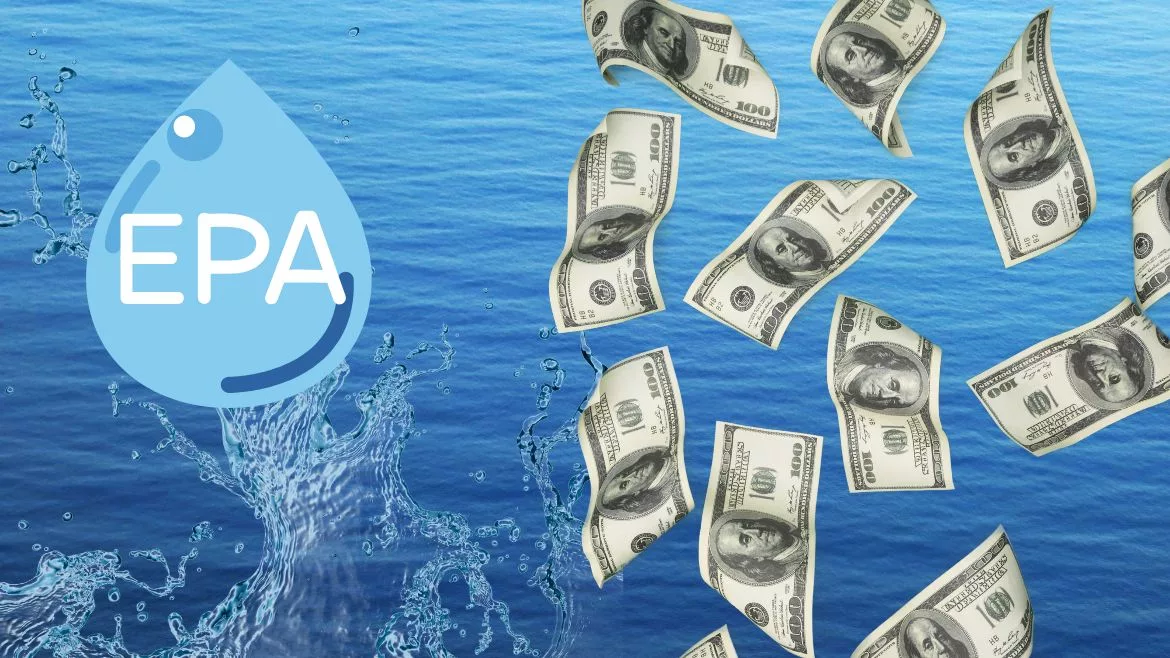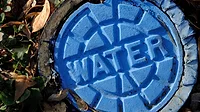News
EPA Says $1.25 Trillion over 20 Years Needed for Water Programs, Infrastructure
$630B needed to ensure water quality; $625B needed for water infrastructure

More than $1.25 trillion is needed for water programs over the next 20 years to ensure water supplies keep pace with population growth, modernize infrastructure, mitigate the effects of climate change on water systems, and meet Clean Water Act (CWA) goals, says two Environmental Protection Agency (EPA) reports on water needs and programs.
The reports, how much each says needs to be spent on water programs, and what that would support:
- The 2022 Clean Watersheds Needs Survey (CWNS) is a voluntary, non-statistical sample survey that uses data from 2022 that was collected from more than 17,500 publicly owned treatment providers from U.S. states and territories asking about their financial needs to address existing and anticipated water quality problems. The findings of the CWNS say from Jan.1, 2022, to Dec. 31, 2041, $630 billion is needed to fund the capital investments necessary for the states, D.C., and U.S. territories to meet the CWA’s water quality goals.
- The Drinking Water Infrastructure Needs Survey and Assessment (DWINSA) 7th Report to Congress identifies the financial needs of U.S. drinking water infrastructure over 20 years. The DWINSA relied primarily on a statistical survey of 3,629 public water systems in all 50 states, Puerto Rico, Washington, D.C., and the U.S. territories, 198 American Indian water systems, and 97 Alaska Native Village water systems for 3,924 systems total. Using that data, the DWINSA says an additional $625 billion is needed to fund water infrastructure projects throughout the U.S. and its territories.
“These figures tell a story of the urgent water infrastructure needs facing communities across the country,” the EPA said in a statement on the reports supplied to The Driller. EPA has several successful water infrastructure funding programs to tackle water infrastructure investment, the statement says, adding “EPA is currently investing in water infrastructure unlike ever before through Bipartisan Infrastructure Law, which dedicates $50 billion in funding for water infrastructure.”
Furthermore, the EPA’s Clean Water and Drinking Water State Revolving Funds and the Water Infrastructure Finance and Innovation Act program have helped communities access over $270 billion in funding, says the statement. “Continued investment is needed to ensure communities have safe water to drink, clean water to recreate in, and the environment is protected for generations to come,” the statement says.
In what might be an indication of the EPA’s next policy focus, the need to improve or expand waste-water and storm-water infrastructure takes up seven out of nine subsections of the CWNS report. Those subsections are under the heading “2022 Needs by CWNS Category”. The survey also says about 55 percent of water systems’ needs are for wastewater infrastructure—treatment plant improvements, conveyance system repairs, new conveyance systems, combined sewer overflow (CSO) correction, recycled water distribution, and desalination. Storm-water infrastructure had the next highest needs, at 18 percent of the overall total.
In addition, the CWNS says the three categories with the largest changes in reported needs from 2012 to 2022 were in storm-water management and wastewater treatment. They are:
- Storm-water Management costs increased by $91.5 billion, a 385 percent increase from 2012. Legislative changes since 2012 have increased the types of stormwater projects eligible for CWSRF funding. Furthermore, storm-water management requirements have expanded in many urban areas since 2012, which has likely triggered construction and planning for new storm-water facilities. Heavy precipitation events can overwhelm previously adequate storm sewer infrastructure, and according to the Fifth National Climate Assessment, the frequency and intensity of these events are projected to increase over the 21st century. The additional impervious cover leads to increased runoff from storm events and necessitates the expansion of existing systems to protect human health and water quality.
- Advanced Wastewater Treatment increased by $22.1 billion, a 36 percent increase from 2012. States have implemented more stringent discharge treatment standards to improve water quality in receiving waters, and many states have adopted standards for nitrogen and phosphorus since 2012 that secondary treatment processes would not meet.
- CSO Correction decreased by $23.0 billion, a 39 percent decrease from 2012. Many combined sewer communities have made extensive investments in the last ten years to reduce their CSO discharges.13 Strategies such as integrated planning and smart sewer technology have also helped communities more cost-efficiently manage, reduce, or eliminate their CSO
The DWINSA survey provides data in five areas, including state infrastructure needs, U.S. and territory lead service line counts, workforce needs, iron and steel construction materials, and tribal water systems infrastructure needs. The findings of the DWINSA 7th Report to Congress say $625 billion is needed to fund water-systems infrastructure projects over the next 20 years. That is a 32 percent increase over the 6th DWINSA estimate of $472.6 billion to fund those projects.
The 2022 Clean Watersheds Needs Survey
The Drinking Water Infrastructure Needs Survey 7th Report to Congress
Looking for a reprint of this article?
From high-res PDFs to custom plaques, order your copy today!






